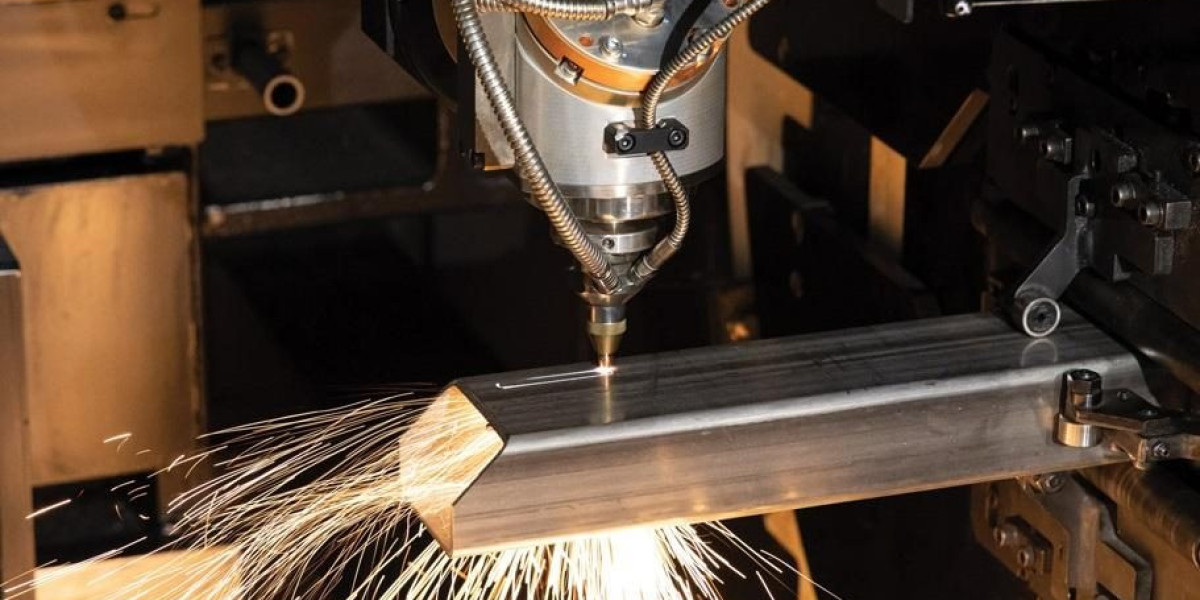The Future of Cutting Equipment: Automation and Smart Technology in 2025
The cutting equipment industry is on the brink of a technological revolution, driven by automation and smart technologies. As we approach 2025, manufacturers are embracing innovation to enhance precision, efficiency, and sustainability in their cutting processes. Let’s explore how these advancements are reshaping the future of cutting equipment.
The Rise of Automation in Cutting Equipment
Automation is rapidly becoming a cornerstone of modern cutting technology. From laser cutters to water jet machines, automated systems are streamlining production processes and minimizing human error. Key developments include:
- Robotic Cutting Systems: Integrating robotic arms with cutting tools allows for intricate and high-speed operations, ideal for automotive, aerospace, and metalworking industries.
- CNC (Computer Numerical Control) Machines: These automated cutting systems use programmed software to execute precise cuts, reducing manual intervention and increasing output consistency.
- Adaptive Control Systems: Smart sensors continuously monitor cutting parameters (like speed, pressure, and temperature) and adjust in real-time for optimal performance.
- According to a Cutting Equipment Market report, the industry is expected to grow significantly in the coming years.
Smart Technology Transforming Cutting Processes
Smart technologies are elevating cutting equipment by adding intelligence to traditional methods. The main innovations include:
- IoT Integration: Internet of Things (IoT) sensors collect data on machine performance, material characteristics, and environmental factors, allowing for predictive maintenance and remote monitoring.
- Artificial Intelligence (AI): AI algorithms analyze cutting patterns and suggest adjustments to enhance accuracy and material utilization.
- Augmented Reality (AR): AR interfaces help operators visualize cutting paths and simulate processes before execution, minimizing errors and material waste.
Sustainability and Efficiency
Sustainability is a growing priority, and cutting equipment technology is evolving to reduce energy consumption and material waste. Trends include:
- Energy-Efficient Lasers: Advanced fiber laser cutters consume less power while offering superior cutting speeds and accuracy.
- Water Recycling Systems: Modern water jet cutting machines now feature closed-loop systems to recycle water, minimizing environmental impact.
- Material Optimization Software: Smart software optimizes cutting layouts to reduce scrap and maximize material use.
Industry-Specific Innovations
Several industries are adopting customized smart cutting solutions:
- Automotive: Automated laser cutting lines for lightweight materials like aluminum and composites.
- Aerospace: High-precision CNC machines tailored for titanium and carbon fiber components.
- Construction: Smart plasma cutters for rapid and accurate steel processing.
The Road Ahead: What to Expect in 2025
Looking ahead, the future of cutting equipment will likely feature even more advanced capabilities:
- Fully Autonomous Cutting Lines: Integration of AI, robotics, and IoT for self-optimizing cutting processes.
- Cloud-Based Operations: Real-time data sharing and remote control of cutting systems via cloud platforms.
- Collaborative Robots (Cobots): Robots that work alongside human operators, enhancing productivity and safety.
Conclusion
The cutting equipment industry is swiftly evolving, with automation and smart technology leading the way into 2025. These innovations promise increased efficiency, precision, and sustainability, driving manufacturing processes to new heights. Companies that invest in these cutting-edge technologies will not only boost productivity but also gain a competitive edge in an increasingly automated world.
Embracing these changes today means shaping a smarter, more sustainable future for cutting technology tomorrow.





